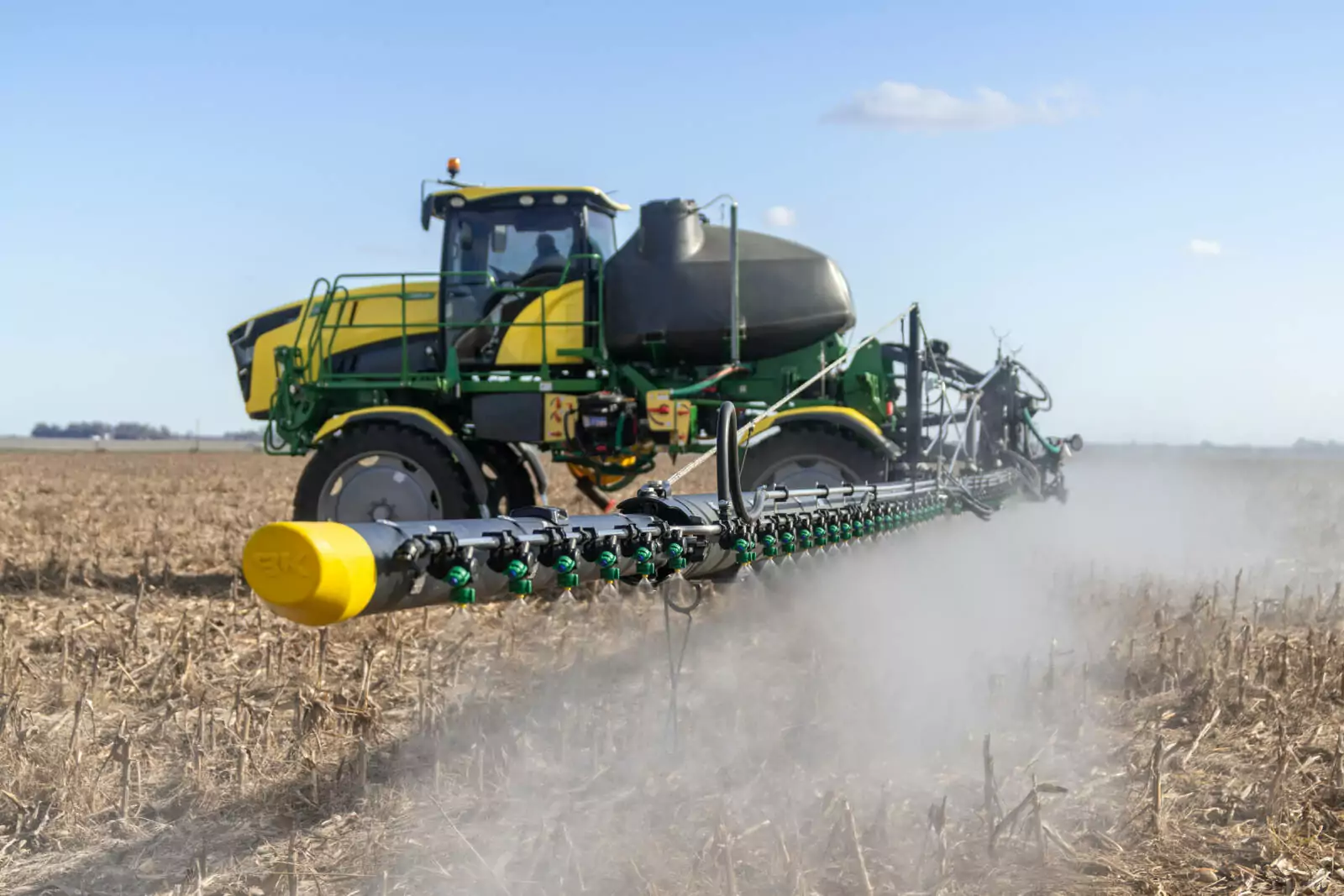Revolutionising Agriculture with Hybrid Innovation
Hybrid Solutions for Agricultural Vehicles
Explore how Astauto is pioneering the future of agricultural machinery with cutting-edge series hybrid technology, designed to reduce emissions and enhance efficiency.

Pioneers in Agricultural Vehicle Development
Astauto Ltd proposes the concept of a series hybrid with a small displacement engine that powers a generator to keep the batteries sufficiently charged to deliver the necessary power.
A series hybrid system is proposed because, in fields and farms where these vehicles are used, the necessary charging infrastructure for a purely electric tractor may not exist.
Building a vehicle with this architecture allows for the possibility of creating a purely electric system powered by batteries or with hydrogen fuel cells range extenders in the future or for other applications, instead of the internal combustion engine-generator-battery system of the series hybrid. Initially, the series hybrid system would significantly reduce fuel consumption and the consequent emission of harmful gases into the atmosphere.
Our Transformative Development Services
Hybrid Vehicle Development
Specializing in the design and development of series hybrid vehicles, we provide tailored solutions that integrate small displacement engines with generators, optimizing battery performance for agricultural applications.
Simulation and Analysis
Utilizing industry-leading simulation software, we analyse vehicle performance, efficiency, and drivability, ensuring optimal design and functionality from concept to prototype, whatever the terrain where the vehicle will be utilised, our state-of-the-art simulation system can handle soft soil tyre models from sand to snow or plugged soil.
Innovative Hybrid Solutions
Reduced Emissions
Our series hybrid vehicles are designed to significantly cut down on emissions, making them an environmentally friendly choice for agricultural applications.
Future-Ready Electric Systems
With the potential for full electrification, our hybrid systems are poised to evolve into purely electric solutions or with hydrogen fuel cells as infrastructure develops.
Enhanced Efficiency
By optimizing energy use, our vehicles ensure maximum efficiency, reducing fuel consumption and operational costs.
What Our Clients and Partners Say

“Sergio’s contributions to Agrale have been instrumental in driving innovation and excellence. His expertise, dedication, and visionary approach have consistently elevated the team and its achievements.”
Edson A S Martins
Director
Agrale S.A. Brazil

“Over the years, AVL has been proud to collaborate with Astauto, a dedicated and innovative user of our simulation software. Their invaluable feedback and commitment have significantly contributed to the evolution and refinement of our tools, ensuring they meet the highest industry standards. Astauto’s proactive approach to leveraging our technology has not only enhanced their own projects but has also played a key role in advancing simulation capabilities for the broader Automotive and Motorsport engineering community. Together, we have fostered a relationship rooted in mutual growth, technical excellence, and shared vision for innovation. “
Mario Oswald
Engineering & Technology Powertrain Systems
AVL List GmbH

“Sergio has inspired us to take the next step in our vision—to innovate and contribute to the agricultural market by embracing the latest trends in productive and efficient vehicles. His invaluable experience, dedication, and forward-thinking mindset have been instrumental in shaping this journey. “
Gabriel Badalassi
Head of R&D
Caiman SRL Argentina
Successful Implementation in Agriculture
Caiman Sprayers - Argentina

Hybrid Agrochemical Sprayer
The Brief
Our client, an Argentine manufacturer of agrochemical sprayers, currently produces 2WD and AWD models powered by Diesel engines with hydraulic actuators for all auxiliary functions. To address the growing need to reduce agriculture’s carbon footprint, the company commissioned Astauto to conduct a feasibility study on developing a sprayer with an electric propulsion system.
Deliverables
Astauto delivered detailed electric/hybrid power system specifications, validated through simulation results. The deliverables included designs for:
• Traction motors.
• The internal combustion engine for powering the generator.
• The generator itself.
• Battery systems.
• Hybrid control system logic.
Based on simulation results, we developed propulsion system specifications and validated them to ensure they met performance expectations. We also explored various charging strategies, including opportunity charging while agrochemicals and water were being loaded into the vehicle tanks—a process lasting between 15 and 20 minutes every few kilometers of spraying. The hybrid system designed by Astauto achieved fuel savings of approximately 35-40%, resulting in a similar reduction in pollution levels.
Additionally, as part of the feasibility study, Astauto replaced all hydraulic actuators for auxiliary functions in the virtual model with electric motors and actuators. This innovation significantly reduced the vehicle’s energy consumption and simplified the machine’s overall design.
Our approach
After analyzing the machine’s typical duty cycles, the working habits of farmers and contractors, and the electric grid infrastructure in the machines’ operating regions, Astauto concluded that a purely battery-electric system would not be viable. Instead, we proposed studying a Series Hybrid system, wherein a generator is powered by an internal combustion engine (ICE) using the same fuel commonly utilized on farms—typically Diesel or Bio-Diesel.
Key Steps in Our Approach:
- Defining specifications and attributes of the current vehicle: Together with our client, we identified key attributes and specifications, including performance metrics, size, weight, and other essential parameters.
- Analyzing power and energy requirements for typical operations: We conducted an in-depth analysis of the power and energy needs for various operating conditions. This involved creating a virtual model of the current vehicle, simulating common maneuvers and operating cycles, and validating these simulations with real-world field data.
- Developing virtual models for the electric/hybrid propulsion system: A detailed virtual model of the power system and vehicle characteristics was developed to initiate simulations. Using advanced modeling tools, we simulated the system’s performance and efficiency.
